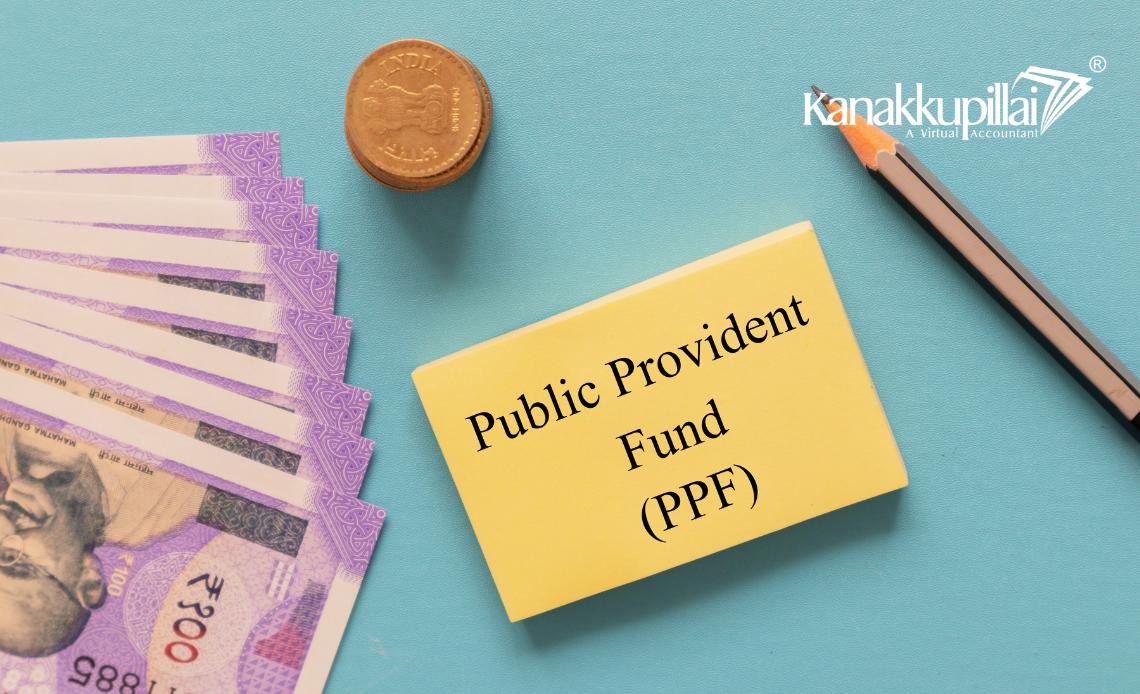When seeking a secure and stable way to grow their wealth over the long term, Indian investors are increasingly opting for the Public Provident Fund (PPF). PPF stands apart from other investment options due to its fixed interest rate and government support, which appeals to individuals who value investment safety over options with higher risk but potentially better returns.
When considering a ₹5,000 PPF investment, one’s attention inevitably turns to figuring out what kind of returns this option might provide. Analyzing the intricacies of the PPF scheme is essential to gaining a deeper understanding of this. PPF functions based on offering people a dependable, government-backed means of building wealth over a prolonged period.
The PPF’s set interest rate is one of its main selling points. Risk-averse investors find this stability to be appealing since it offers a degree of predictability. Furthermore, the government’s support provides additional protection, assuring investors that their initial investment and any interest earned are protected.
An investigation into the workings of PPF is prompted by the decision to invest ₹ 5,000 in it. What is a reasonable expectation for returns over time, and how is interest calculated? Examining the interest calculation procedure, the frequency of compounding, and the investment’s total duration is necessary to provide answers to these issues.
Through a thorough examination of these particulars, investors can gain a comprehensive understanding of the potential returns on their PPF investment. With the help of clarity and insights from this conversation, people will be better equipped to make decisions about their financial future within the parameters of the PPF plan.
Understanding the PPF (Public Provident Fund)
Launched by the Indian government in 1968, the PPF is a dependable and trustworthy long-term savings program that guarantees investors the safety of their gains.
One of the defining features of the PPF is its extended investment horizon. With a tenure of 15 years, the scheme encourages a prolonged commitment from investors, aligning with the goal of fostering long-term financial planning. Furthermore, the flexibility embedded in the PPF framework allows account holders to extend their investment in blocks of five years after completing the initial 15-year period.
For individuals considering entry into the PPF, the financial commitment is accessible, with a minimum annual investment requirement of ₹500. This inclusive feature enables individuals with varying financial capacities to participate in the scheme. On the other end of the spectrum, the PPF imposes a maximum annual investment cap of ₹1.5 lakh, preventing disproportionate contributions and ensuring a balanced participation structure.
To sum up, the PPF is unique due to the government’s original support and its clearly defined structure, which fosters stability, adaptability, and inclusivity. Because of these attributes, investors who value security, dependability, and the possibility of long-term financial gain in their investment portfolios tend to embrace it.
Interest Rate in PPF
Another level of relevance to this government-backed investment route comes from the process underlying the Public Provident Fund interest rates. The interest rates on PPF are actively set and adjusted by the Indian government, a process that is reviewed every three months. By adopting a dynamic strategy, the government can adapt to evolving economic situations and maintain a balance between investor interests and broader financial considerations.
The annual interest rate on PPF is set at 7.1% as of January 2022. The returns on investments placed in PPF accounts largely depend on this rate. Not only does PPF have a guaranteed interest rate, but it also offers higher rates than many fixed deposit schemes. This is what makes it unique.
The compounding nature of the interest makes PPF more alluring. The interest is calculated on the lowest monthly balance between the fifth and final day of each month and compounded annually. Using compounding, investors can earn interest on both their principal and the money already placed in their account. The compounding effect significantly increases total profits over the investment period.
Another distinctive feature is the timing of interest crediting. After the financial year, the accrued interest is deposited into the PPF account. This annual crediting ensures that investors can witness the tangible results of their investments and plan their financial strategies accordingly.
PPF is a reliable long-term investment option due to its competitive 7.1% interest rate, compounding process, annual interest crediting, and government support, which provide stability and safety for investors.
Calculating PPF Returns
The computation and crediting of interest largely determine returns on Public Provident Fund (PPF) assets. The lowest monthly balance between the fifth and last day of each month is used to calculate the annual PPF interest. After 15 years, the initial ₹5,000 PPF investment will have yielded an annual interest of about ₹355, or a total account balance of ₹1,09,258. In India, investments up to ₹5,000 are eligible for tax benefits under Section 80C of the Income Tax Act. These benefits include tax exemptions for the initial money, cumulative interest, and maturity proceeds.
Advantages of PPF Investment
PPF offers government-backed security, tax breaks, longer investment terms, competitive interest rates, flexibility in investment amounts, lending facilities, and partial withdrawal provisions. With a high return rate of ₹5,000 over 15 years, it’s a profitable investment choice for long-term investors. Investors should seek financial advice, be disciplined, and use the Kanakkupillai PPF Calculator to optimize benefits.





